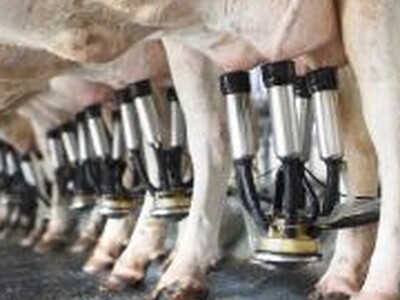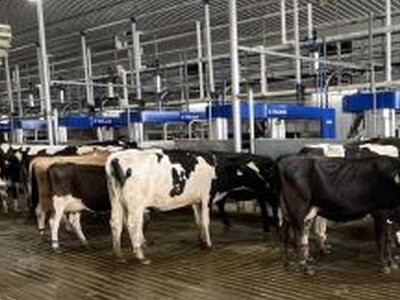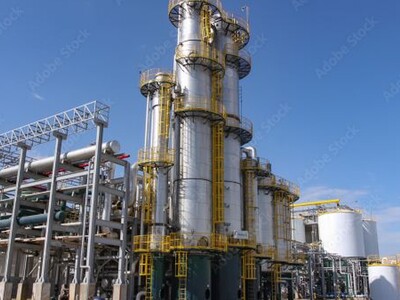Ceres Imaging
Ceres Imaging CEO Ashwin MadgavkarImage Capture: We fly low to the ground and capture very high-resolution imagery at specific wavelengths that are meaningful for
revealing plant physiological status
Processing: We use various image processing techniques to generate highly accurate data on every plant in the field.
Scientific Analysis :We use biological and mathematical modeling to correlate this data to physical plant properties (plant water stress, leaf nitrogen content)
Our cameras take images at multiple wavelengths ranging from the Visible to the Far Infrared light spectrum.
We are different in the fact that we take our imagery using multiple cameras. Each Camera captures data from a different part of the light spectrum, ranging from the visible to far-infrared wavelength. Depending on the kind of imagery package you request we can take up to 6 different wavelengths of the light spectrum at once. We then have our systems capture hundreds of images and the individual frames in order to make a seamless mosaic of your field. We then provide best in class resolution of 0.2 – 1 meter per pixel, depending on the crop and application.
No drones over our fields. When Ceres Imaging first started, we experimented with drones and found that they could not cover the area that an aircraft could in the same amount of time. Drones are not able to withstand much of a payload capacity which is needed for our camera systems. Also, more personnel would be needed in the field to maintain and move drones from site to site.


















